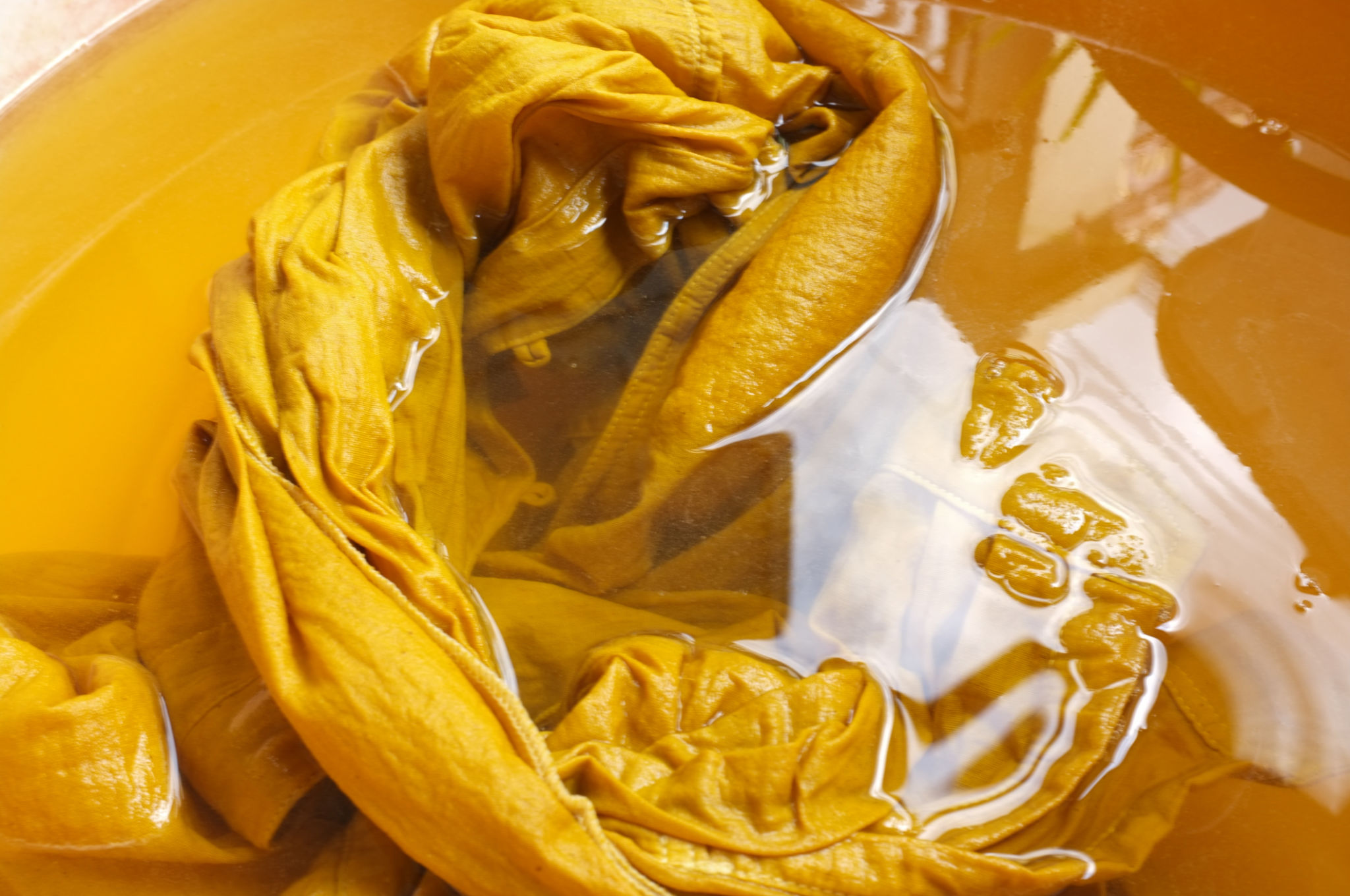Harnessing the Power of Plant Extracts in Modern Dyeing Techniques
The Renaissance of Natural Dyeing
With the growing awareness of environmental sustainability, the textile and fashion industries are witnessing a renaissance in the use of natural dyes. These dyes, derived from plant extracts, offer a more eco-friendly alternative to synthetic counterparts. Their application not only helps reduce the environmental impact but also brings a unique aesthetic appeal to fabrics.
Plant-based dyes have been used for centuries, with historical records indicating their importance in various cultures. Today, modern techniques have improved the way these natural dyes are extracted and applied, ensuring consistency and vibrancy in color.

Benefits of Plant Extracts in Dyeing
The advantages of using plant extracts go beyond just environmental impact. They offer a palette of rich, earthy tones that cannot be easily replicated with synthetic dyes. Additionally, plant-based dyes are often biodegradable and non-toxic, making them safer for both manufacturers and consumers.
Moreover, the use of plant extracts supports biodiversity. The cultivation of dye-yielding plants can contribute to agricultural diversity, providing farmers with alternative crops that are in high demand.
Popular Plant Sources for Natural Dyes
Several plants are known for their dyeing properties. Some of the most popular include:
- Indigo: Known for producing deep blue hues, indigo has been used since ancient times across various cultures.
- Madder: This plant yields a range of reds and pinks and was historically significant in Europe for dyeing wool.
- Turmeric: Renowned for its bright yellow color, turmeric is often used in combination with other dyes to produce a variety of shades.

Modern Techniques in Plant-Based Dyeing
The integration of modern technology with traditional dyeing methods has opened new avenues for innovation. Techniques such as digital printing with natural dyes and the use of mordants—substances that fix dyes onto fabrics—have improved color retention and vibrancy.
Researchers are also exploring the use of bio-engineering to enhance the color properties of plant extracts. This involves genetically modifying plants to produce more potent dyes, potentially expanding the color range available from natural sources.
The Future of Natural Dyeing
As sustainability becomes a central focus in consumer choices, the demand for naturally dyed textiles is expected to grow. Fashion brands are increasingly adopting plant-based dyes as part of their commitment to eco-friendly practices.

In conclusion, harnessing the power of plant extracts in modern dyeing techniques represents a promising fusion of tradition and innovation. By embracing these solutions, the textile industry can significantly reduce its environmental footprint while offering consumers products that are both beautiful and sustainable.
The journey towards sustainable fashion is ongoing, but with each step, we move closer to a future where style and responsibility coexist harmoniously.
